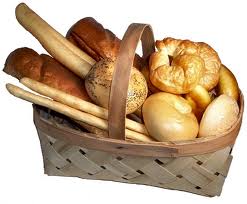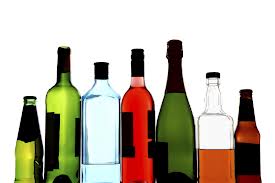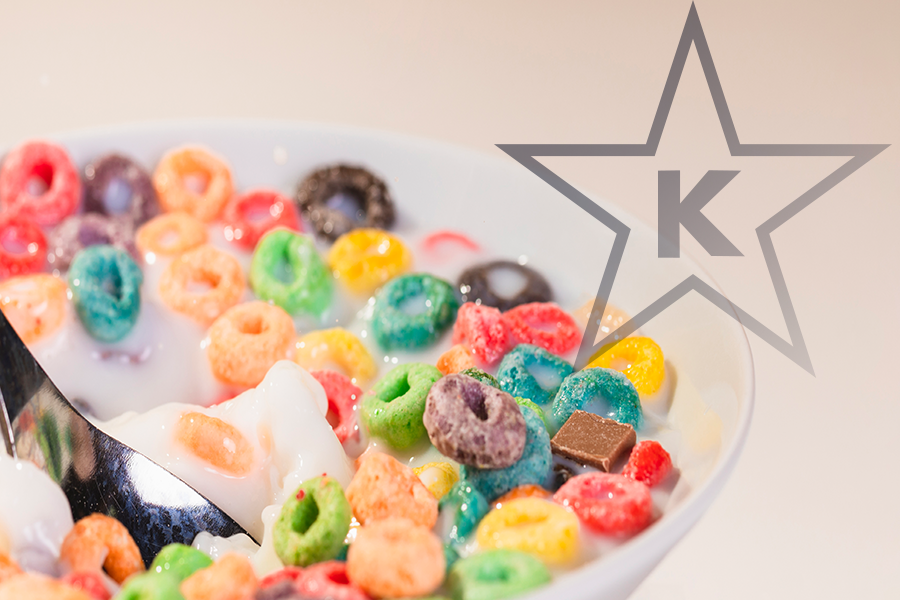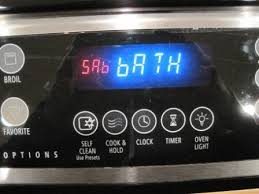Published Spring 2015 | Updated Spring 2022
The Land of Israel follows a unique seven-year cycle. For the first six years, fruits and vegetables grown there are tithed.1 The seventh year is Shemita, the sabbatical year, which has its own set of special laws. These laws mainly affect those living in Israel, but also those living in the Diaspora if they are in possession of Israeli-grown produce.2
For the tithing of the first six years, the Torah 3 sets an end date for the process called Biur Ma’aser. Biur Ma’aser includes a number of components, which are still applicable today:
Biur Ma’aser
Any untithed produce (tevel) in one’s possession must be tithed by Erev Pesach 4 of the fourth and seventh years of the Shemita cycle.5
Ma’aser Sheini is the second tithe separated on produce harvested in the 1st, 2nd, 4th, and 5th […]








 STAR-D
STAR-D STAR-S
STAR-S